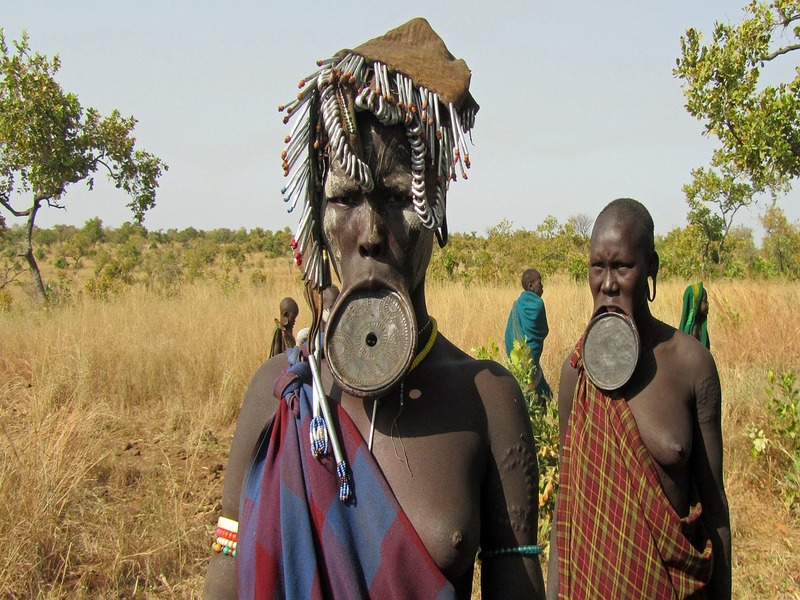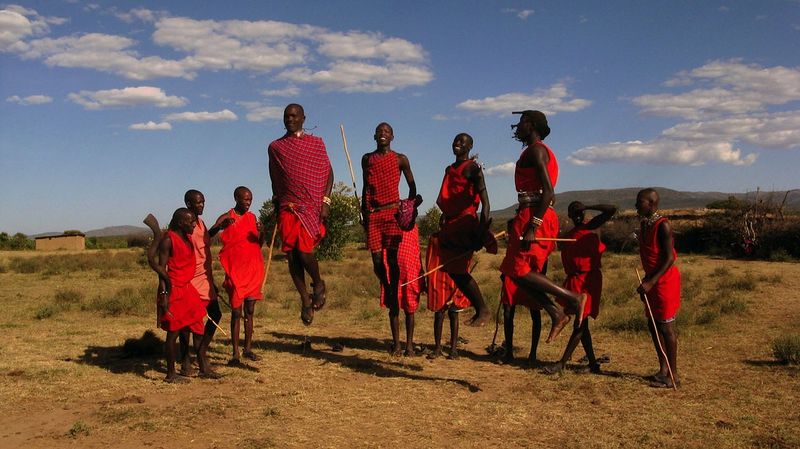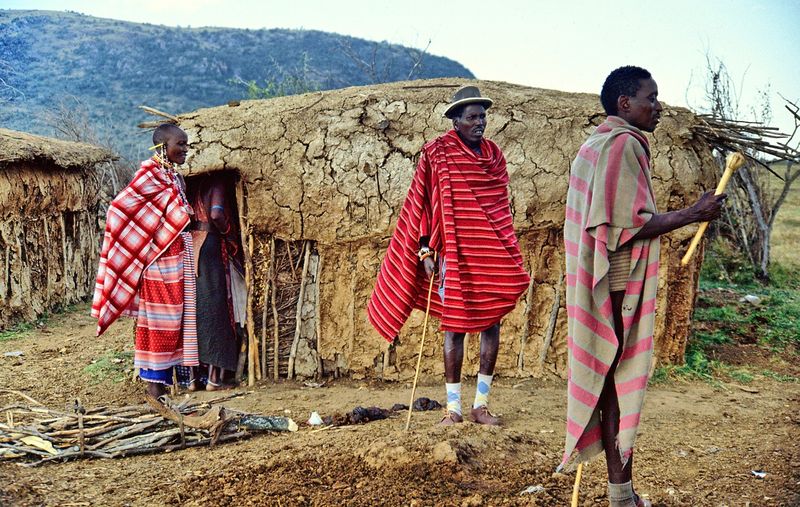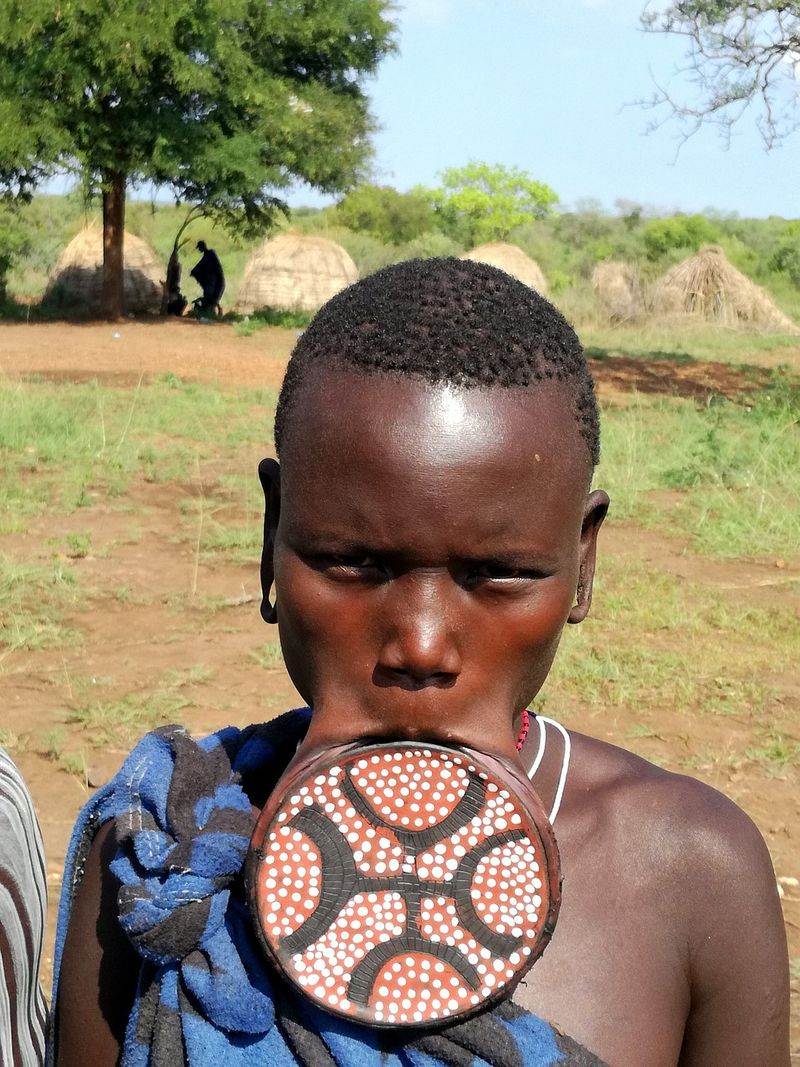
“Umhlanga” (pronounced: um̩ɬaːŋɡa) or better known as the “Reed Dance” ceremony is a Zulu cultural festival held every year in September. This festival, unlike many in African culture, has attracted thousands of spectators and highlighted the beauty and bounty of the Zulu Kingdom.
What is the reed dance festival, you ask?
Pay close attention, dear traveller. You are about to hear a story that will both mesmerize and excite you enough to book your next flight to South Africa (in September) to witness the reed dance festival first hand.
The Reed Dance Festival is a cultural ceremony that takes place each year. In September, the most beautiful of Zulu maidens take to the streets leading up to the KwaNyokeni Palace to pay homage to the King as well as promote high self-esteem in women and encourage young girls to wait for the right partner before they get intimate.
You see, the participants of the reed dance are all virgins! To highlight, they carry with them the longest and toughest river reeds they can find as they make their way up to the Palace. Should any maiden’s reed break before they reach the King, it will be taken as an indication that the said maiden has already been intimate with someone and is therefore not as pure as she would like people to believe.
These beauties taking part in the reed dance adorn themselves in the most flattering of traditional attire including anklets, necklaces, bracelets, beadwork and brilliant sashes that show off their bottoms. They show off their gorgeous bodies and attire in traditional dance as they make their way to the Palace.
Oh, and they are bare-chested the whole time!
Of Interesting African Cultural Traditions
While the Reed Dance does attract thousands of spectators each year (no points for correctly guessing why), there are dozens of other African cultural festivals or traditions that, albeit not so recognized, are worth noting all the same. Some of these traditions are not only amusing but also very significant to the tribes and cultures in question.

Here are five of the most thrilling, exciting and bizarre African traditions that you simply must witness to believe:
1. The “Bull Jumping” Antics of the Hamar Tribe, Ethiopia
There is a tribe in Ethiopia called the “Hamar”. Like the Kenyan Maasai, the Hamar are pastoralist who take their cattle way too seriously. As a rite of passage into manhood, young boys are required to take part in a rather athletic traditional initiation ritual: bull jumping.
Fifteen castrated bulls are lined up with their backs smeared with cow dung to make them as slippery as possible. The unfortunate young “wannabe man” is supposed to sprint or walk over the backs of all fifteen bulls without slipping off and getting acquainted with gravity. Should he fail, he would have to wait an entire year to try again. A prospect that isn’t preferred considering the amount of shame it will bring to the initiate and his family.
Should he succeed, however, he will gain passage into manhood and will be ready to marry a girl of his father’s choosing.
2. The Cuckoo Courtship Dance of the Wodaabe, Niger
In the animal kingdom, creatures such as birds, bees and even antelopes tend to have a mating ritual that often involves some kind of dance. Known as the “courtship” dance, the male member of the species is supposed to put on a display brilliant and exciting enough to get the female to accept him. The Wodaabe tribe of Niger have borrowed a leaf from this ritual that nature has perfected in many species.
The men of the Wodaabe tribe take part in a ritual known as the “Guérewol” – courtship dance every year. The idea is to be as brilliantly dressed using ornaments and traditional face paints as possible. They then line and mimic their favourite birds in a dance that is to attract the women. In this culture, the white of the eyes and teeth are considered irresistible and to show off their potential sexual prowess, the men would roll their eyes back and bare their teeth to get the girls attention.
3. The Spitting Maasai of Kenya and Tanzania
There is no doubt that the Maasai are some of the most fascinating people on the African continent. One of the main reasons for that is the fact that they steadfastly hold on to their traditions despite the globalization and erosion of most cultures around them.

Among the many captivating cultural rituals of the Maasai, one of the most, mmmhh…let’s say, interesting of them all is the “spitting on people you like” tradition. You see, the Maasai view spitting as a sign of respect and a form of blessing. Elders and other tribespeople use spitting as their own special way of greeting and saying goodbye to friends and loved one. They even use it when bargaining and sealing deals (this isn’t new for most of the world). This is how it goes:
- Friends will spit on the palms of their hands before shaking hands.
- Elders will spit on the forehead of a newborn child to welcome them into the world and bless them.
- Fathers will spit on the foreheads of their daughters on their wedding day to wish them a blessed union.
4. The Lower Lip Plates of the Mursi, Ethiopia
There is a tribe in Ethiopia called the Mursi. In this tribe, when a girl reaches the age of 15 or 16, she can choose to have a lower lip cut and stretched with a wooden plate or large pottery. This is to show that she is transitioning into womanhood. While no girl is forced to do this, most girls in this tribe choose to do it and their mothers or an elder woman helps them through the process.

Once pierced, the cut is held open for about three months using a wooden plug while it heals. After that, an ornamental wooden plate is placed in the gap to slowly stretch the lip and give the girl traditional appeal.
5. The Powerful Healing Dance of the San, Southern Africa
The San people of Southern Africa (Botswana, Namibia, South Africa and Angola, believe that dance has healing powers. This, however, isn’t just any dance – it’s a powerful trance-inducing dance led by the elders.
The tribe gathers around a fire where the elders and healers of the community lead them in a dance. These elders chant and hyperventilate until they induce a trance-like state while going around the fire. In this state, it’s believed that the elders and healers are granted access to the spirit world (they can even walk over fire unharmed sometimes) where they can ask for the healing powers to cure illness in their community.
This dance is also believed to cure something they call “star sickness” which causes anger, jealousy and arguments among members of the community.
These are all traditions that are practised today. As bizarre and farfetched as they may sound, they actually take place every year and you simply must see them to believe it.
Do you know of any other interestingly unbelievable African traditions? Share the information with us in the comment section below.